The island of Ceylon impresses travelers not only with its landscapes, temples, and beaches, but also with a rich selection of authentic goods. Coming here and leaving without making purchases is almost impossible. When thinking about what to bring from Sri Lanka, it is worth focusing on unique local products, traditional handicrafts, and natural skincare products. Thoughtfully chosen souvenirs help preserve memories of the trip and delight loved ones with original gifts.
What to Bring from Sri Lanka: Best Ideas for Memorable Shopping
The country of Buddhist shrines impresses not only with natural beauty but also with the wealth of traditional goods. Pay attention to authentic products, natural items, and unique souvenirs. Thoughtfully selected gifts will help preserve memories of the trip and convey the island’s atmosphere to loved ones. What do people bring from Sri Lanka to please their loved ones? Let’s consider below.
Ceylon Tea: Symbol of the Island
Tea from Sri Lanka is known worldwide for its rich flavor and high quality. The most popular varieties are black, green, and white tea. You can buy Ceylon tea in original packaging with the brand’s gold quality seal in almost every souvenir shop. Gift sets with assortments of different varieties make perfect gifts.
Ayurvedic Cosmetics: Natural Care
The heart of ancient Asia is famous for its rich Ayurvedic tradition, which is reflected in a wide range of natural cosmetics. Ayurvedic cosmetics include creams, oils, shampoos, and masks made from plant extracts and essential oils. When deciding what to bring from Sri Lanka, be sure to look for popular brands that produce organic products based on ancient recipes.
Palm Sugar (Jaggery): Sweetness Without Harm
Sri Lankan palm sugar, also known as jaggery, is produced from coconut palm sap. This natural sweetener has a caramel flavor and is considered a healthy alternative to refined sugar. It is often purchased in the form of blocks or powder. Jaggery is added to desserts, drinks, and local dishes.
Spices: Aromas of the Island
The island’s markets offer a wide variety of spices that make the national cuisine so recognizable. When deciding what to bring from Sri Lanka, consider purchasing genuine Ceylon cinnamon, turmeric, cloves, nutmeg, and cardamom. Small spice packages are ideal for souvenirs — they are inexpensive, lightweight, and compact.
Gemstones and Jewelry: Brightness and Elegance
The Pearl of the Indian Ocean is known for its precious gemstone mining. Sapphires, rubies, topazes, and moonstones are often among the souvenirs. It is advisable to buy jewelry from licensed jewelry stores, always insisting on a certificate of authenticity. Natural gemstones not only become beautiful accessories but also a profitable investment.
Alcohol: Exotic Flavors
Alcohol is mainly represented by local rum and arrack. Arrack is made from coconut palm flower sap and has a mild taste. When making a purchase, choose products from well-known manufacturers, paying attention to the strength and aging process. Planning what to bring from Sri Lanka as a gift, a bottle of arrack is an excellent choice for connoisseurs.
Textiles: Saris and Sarongs
On the island, you can purchase traditional fabrics — saris and sarongs. Saris are long pieces of fabric elegantly wrapped around the body, while sarongs are versatile skirts or wraps. Items are made from silk, cotton, or viscose. Bright colors, traditional patterns, and high quality make textiles an ideal choice for gifts.
Cosmetics and Medicines: Island’s Natural Pharmacy
At markets and pharmacies, you can find natural medicines and cosmetics from Sri Lanka, created based on ancient Ayurvedic knowledge. Balms for colds, anti-inflammatory ointments, toning oils, and skin care creams are popular among tourists and locals. The packaging of products is usually light and compact, making transportation easy.
Fruits: Scent of Summer
Juicy mangoes, papayas, passion fruits, pineapples, and jackfruits create a true gastronomic paradise. When deciding what to bring from Sri Lanka, keep in mind that fresh fruits are not always allowed to be carried across the border. Dried fruits, fruit pastes, and jams are alternatives that preserve aromatic properties and are easily transportable.
What Cannot Be Exported from Sri Lanka: Restrictions
Strict rules regulate the export of goods related to cultural heritage and natural resources. Without special permission, you cannot export:
- ivory and coral products;
- antiques and cultural heritage items;
- rare plants and seeds without a certificate;
- certain types of animals and birds;
- excessive amounts of alcohol above the norm.
Compliance with customs rules ensures a smooth border crossing and helps maintain exclusively positive memories of the trip.
Traveler Tips: How to Choose Souvenirs
When planning shopping on the island, it is important to consider practical nuances in advance to avoid mistakes and make purchases as successful as possible. When deciding what to bring from Sri Lanka, it is important to follow several proven recommendations:
- check the quality of the product and demand certificates — especially when buying tea, jewelry, Ayurvedic cosmetics, and gemstones;
- haggle at markets for a better price — sellers often inflate prices intentionally, and reasonable bargaining is seen as an essential part of the deal;
- avoid dubious vendors without a license — purchasing goods from street vendors without documents can lead to buying low-quality or prohibited items;
- clarify the import norms of goods into the country of residence in advance — restrictions mainly apply to alcohol, gemstones, medicines, and some plant species;
- prefer shopping at trusted stores and shops — official retail points offer products with quality guarantees and the possibility of returns.
A thoughtful approach to choosing souvenirs ensures not only quality purchases but also eliminates risks at customs, making shopping safe, enjoyable, and memorable.
What to Bring from Sri Lanka: Conclusions
When choosing what to bring from Sri Lanka, consider both traditional souvenirs and unique local products. Ceylon tea, spices, Ayurvedic cosmetics, jewelry with precious stones, and textile products help preserve vivid memories of the island.
A well-thought-out selection of gifts enriches the trip with additional emotions and leaves behind a piece of Sri Lankan warmth!

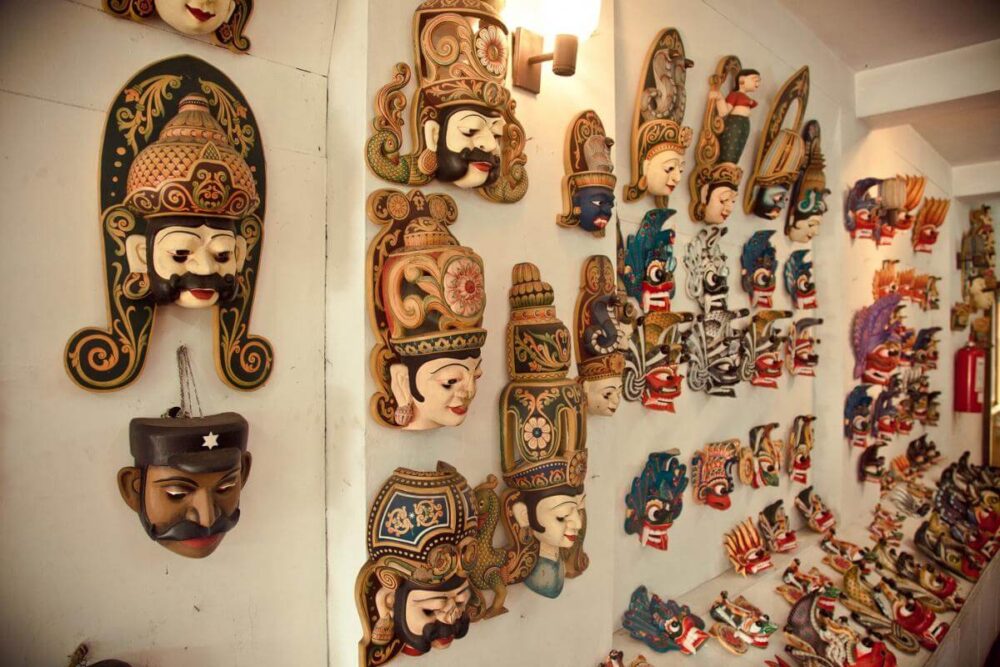
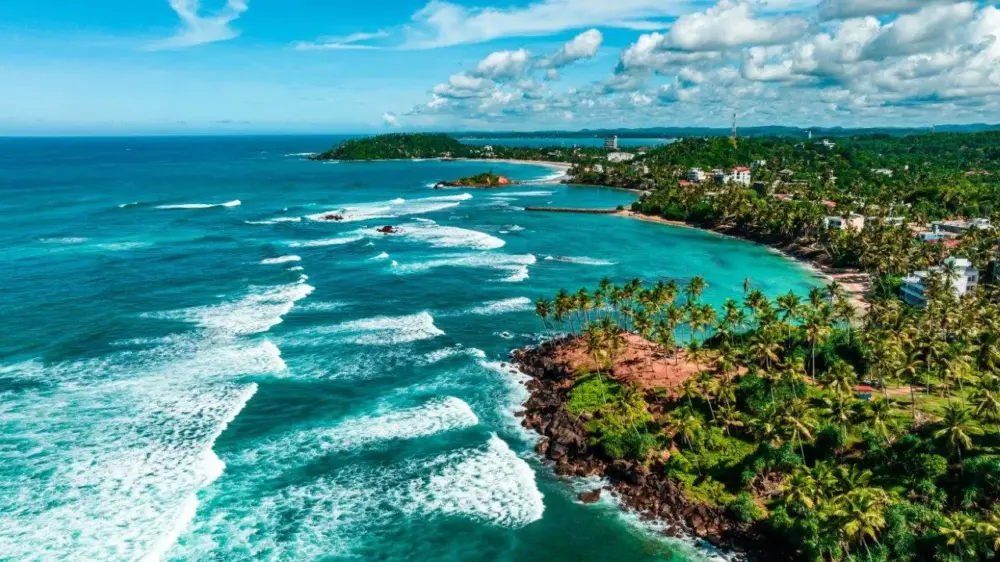
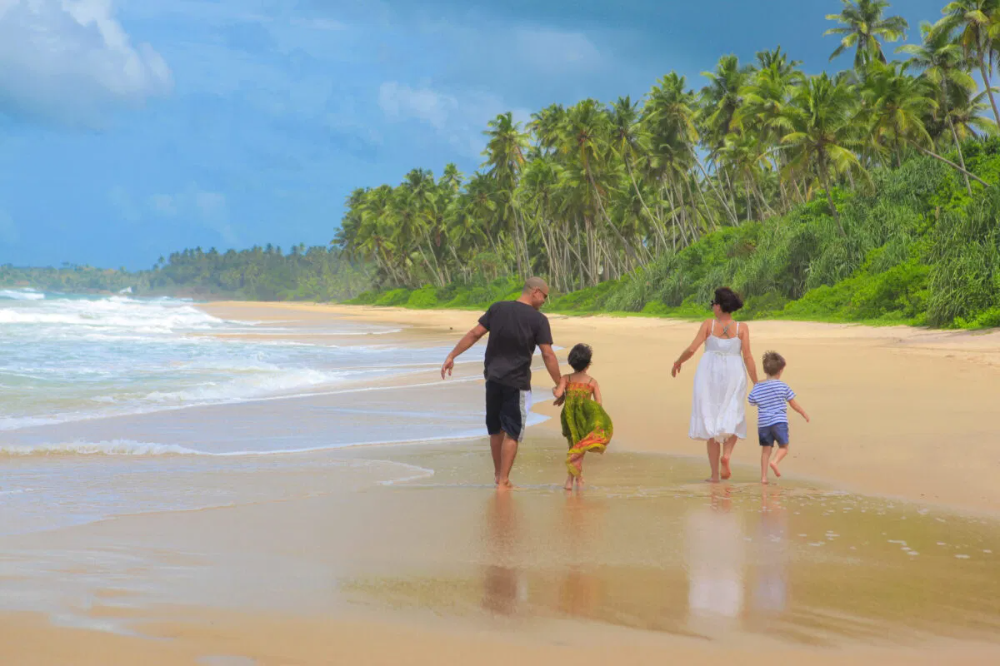
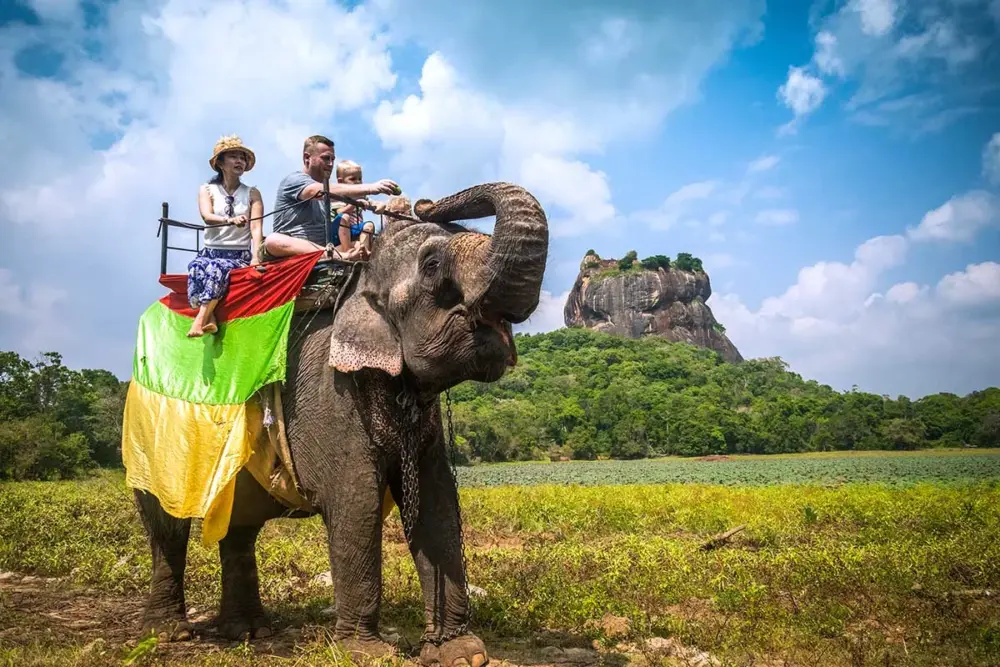
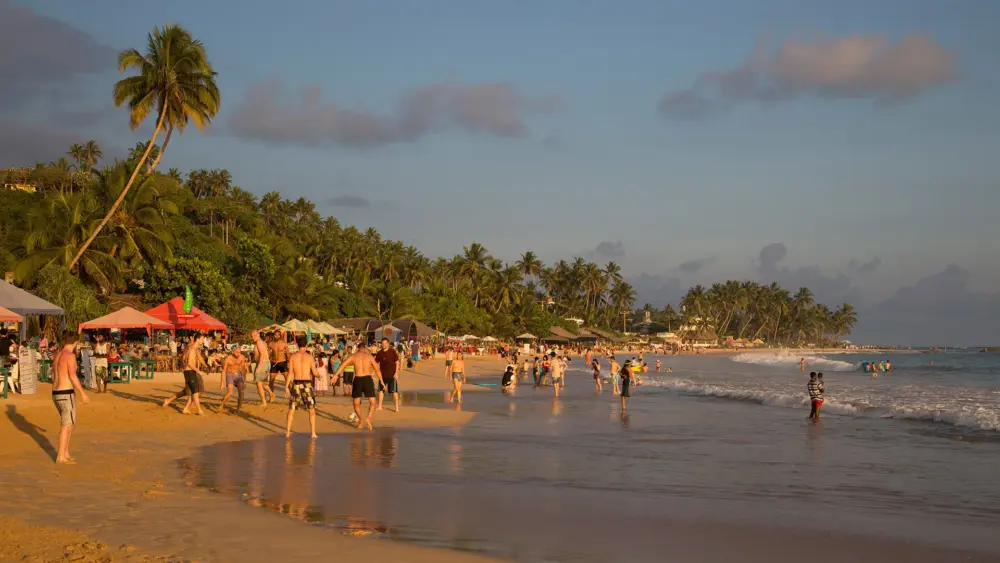
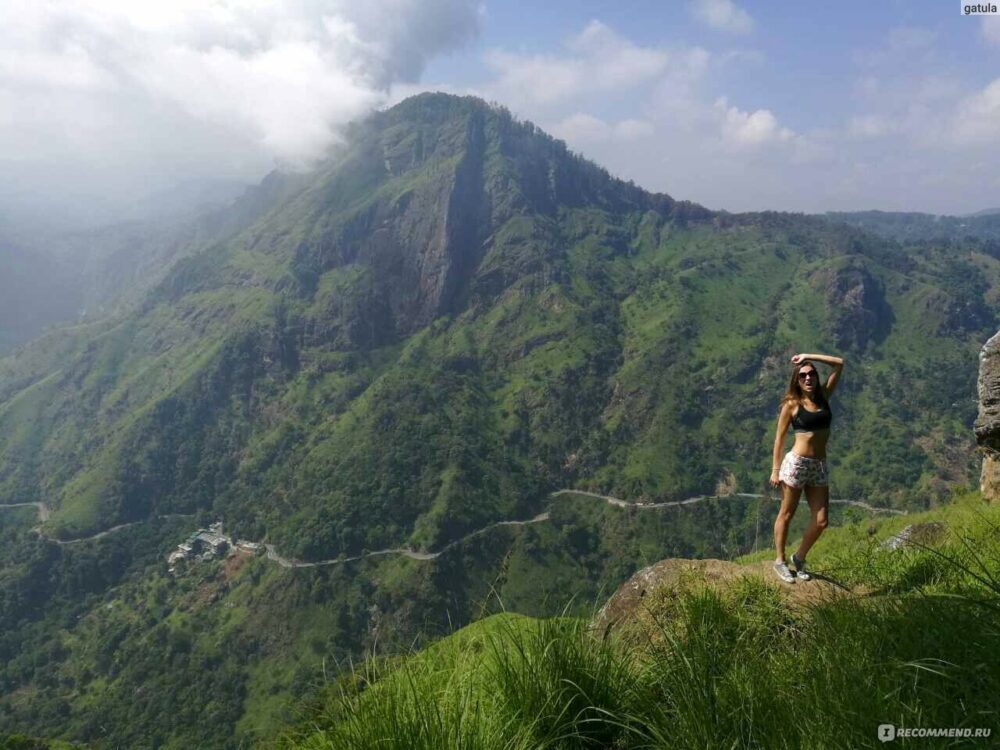
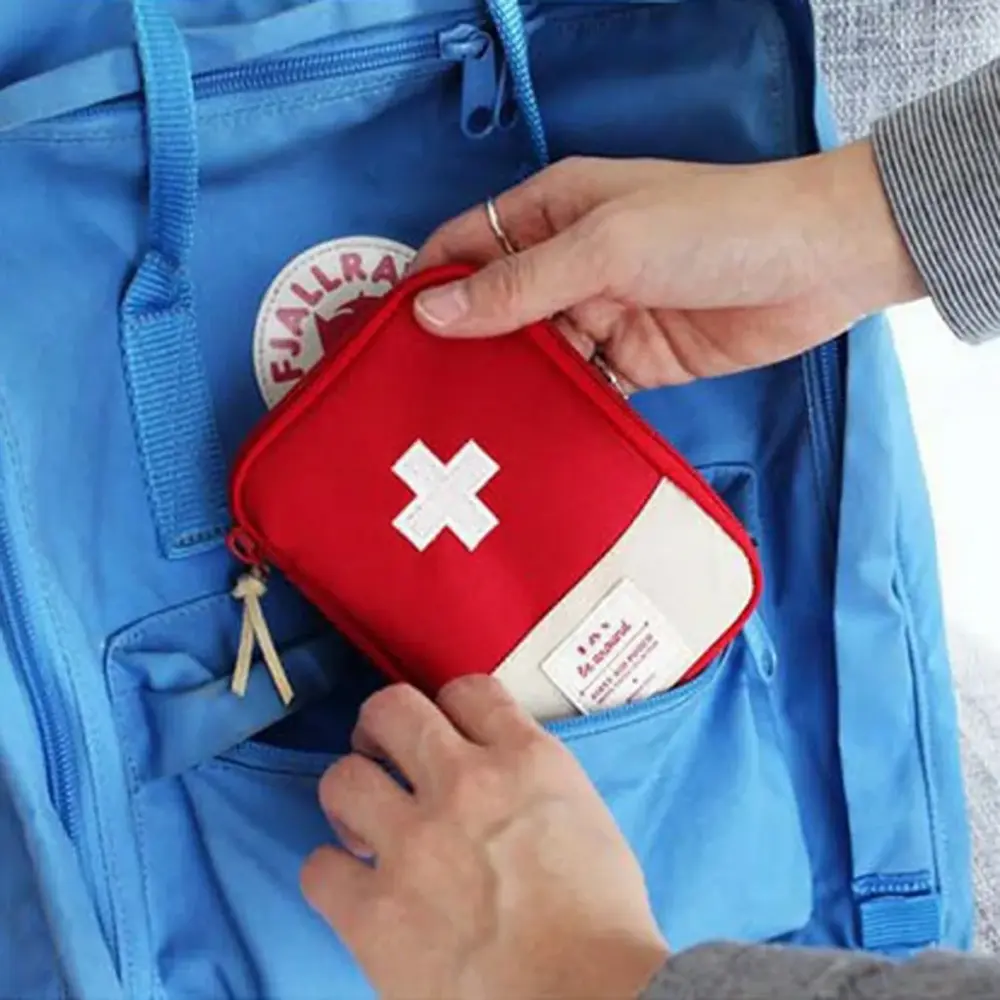
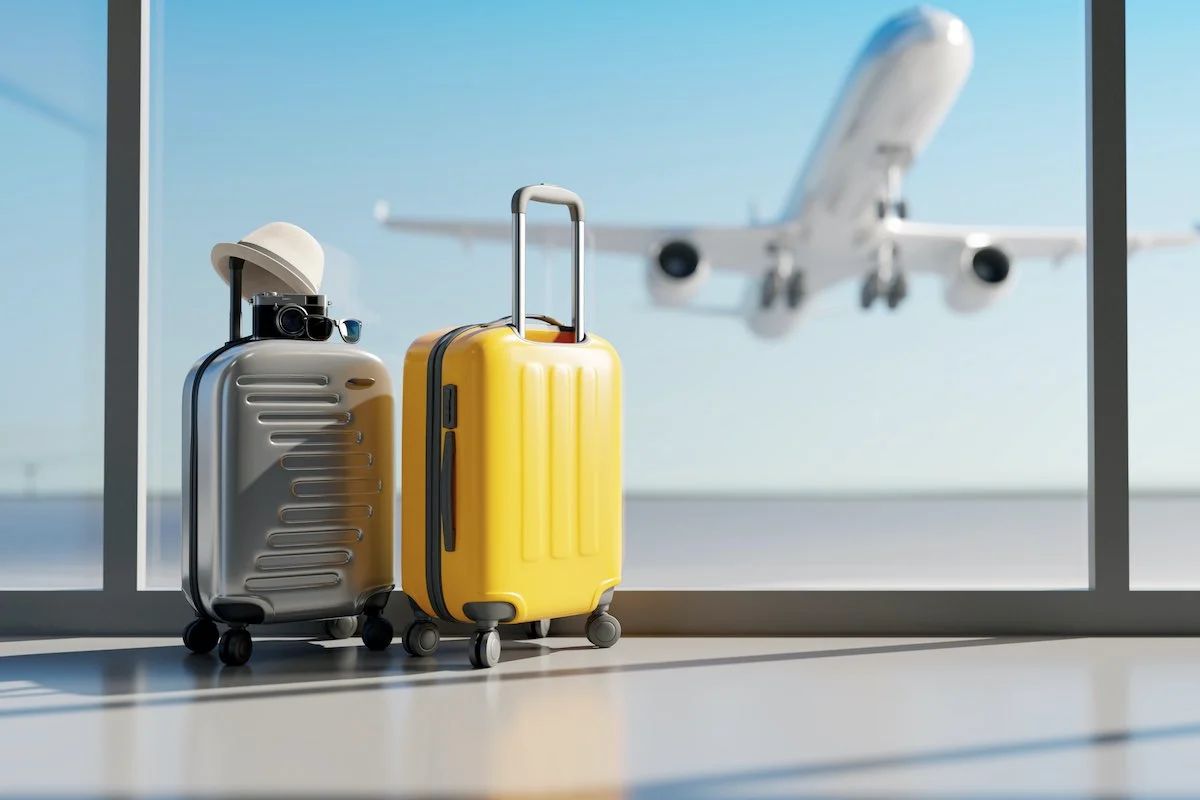
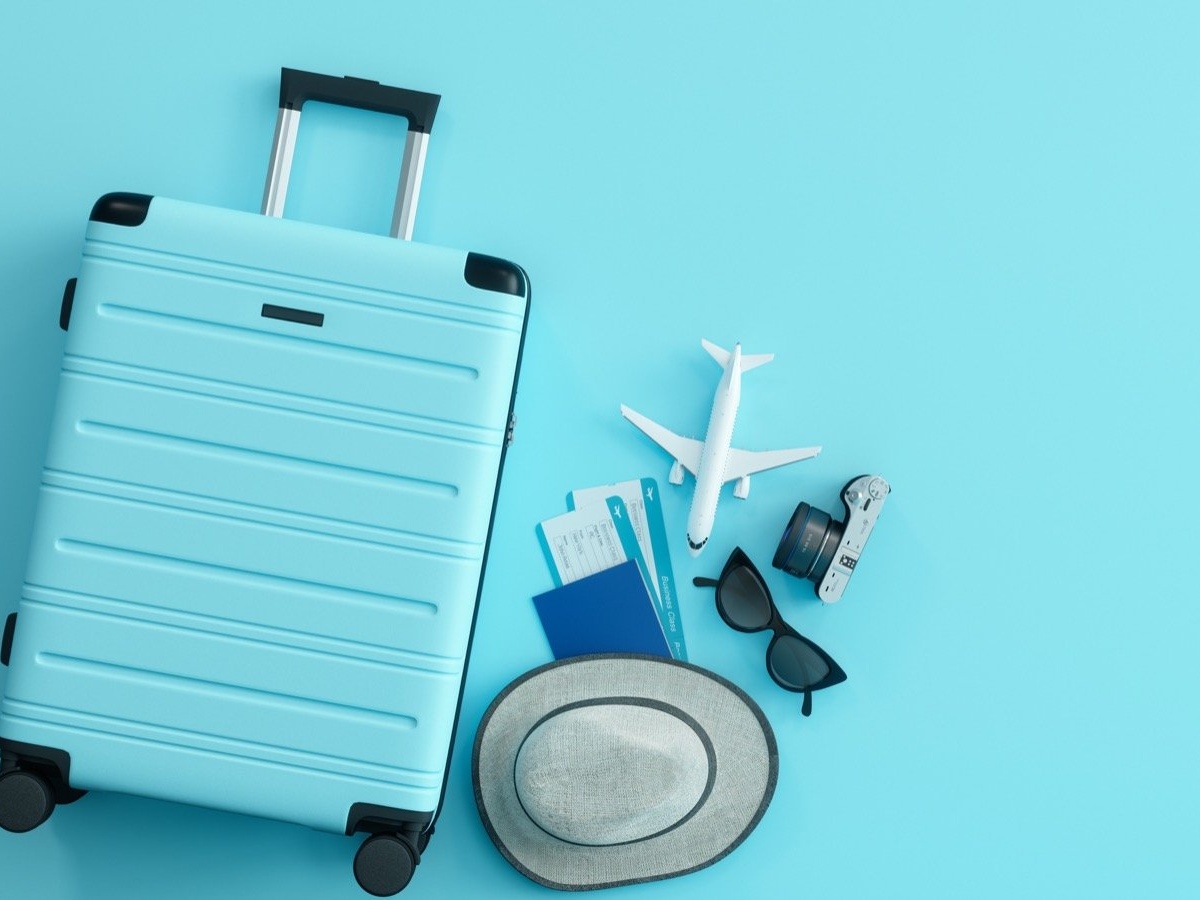
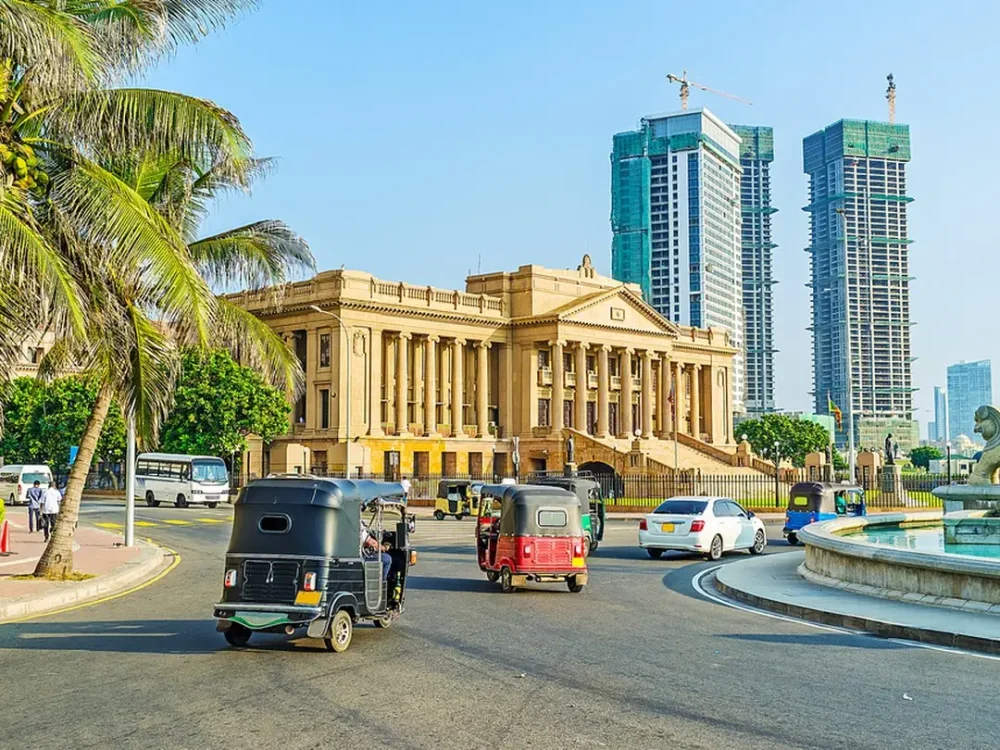
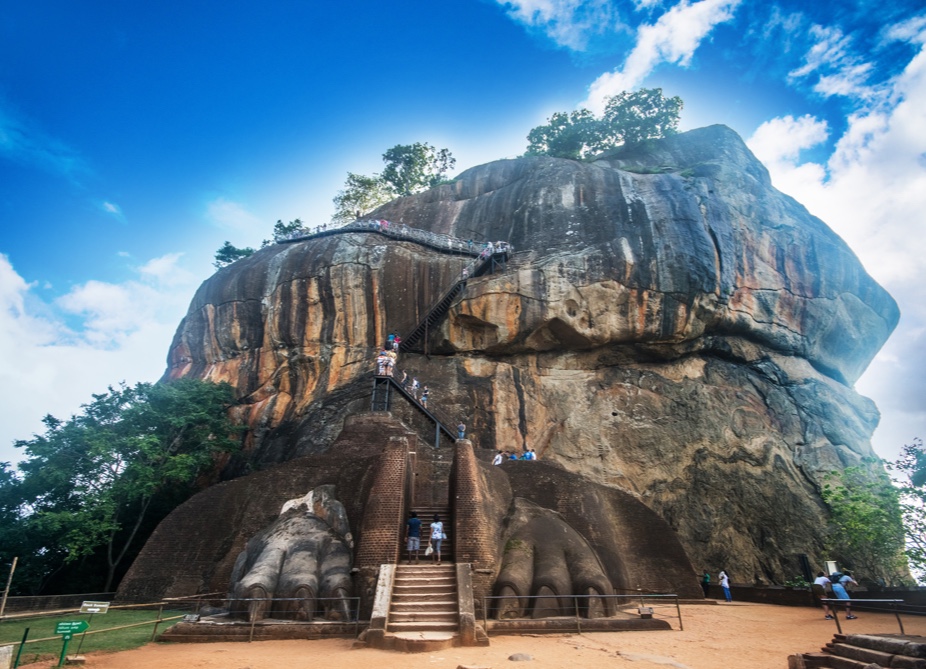 Hotel Sigiriya is the calling card of the centre of the island. Every window has a view of the lion rock. The average price is $55 per night, including breakfast. The rating holds at 8.3. The hotel is used by travellers interested in Ceylon’s history and who appreciate privacy.
Hotel Sigiriya is the calling card of the centre of the island. Every window has a view of the lion rock. The average price is $55 per night, including breakfast. The rating holds at 8.3. The hotel is used by travellers interested in Ceylon’s history and who appreciate privacy.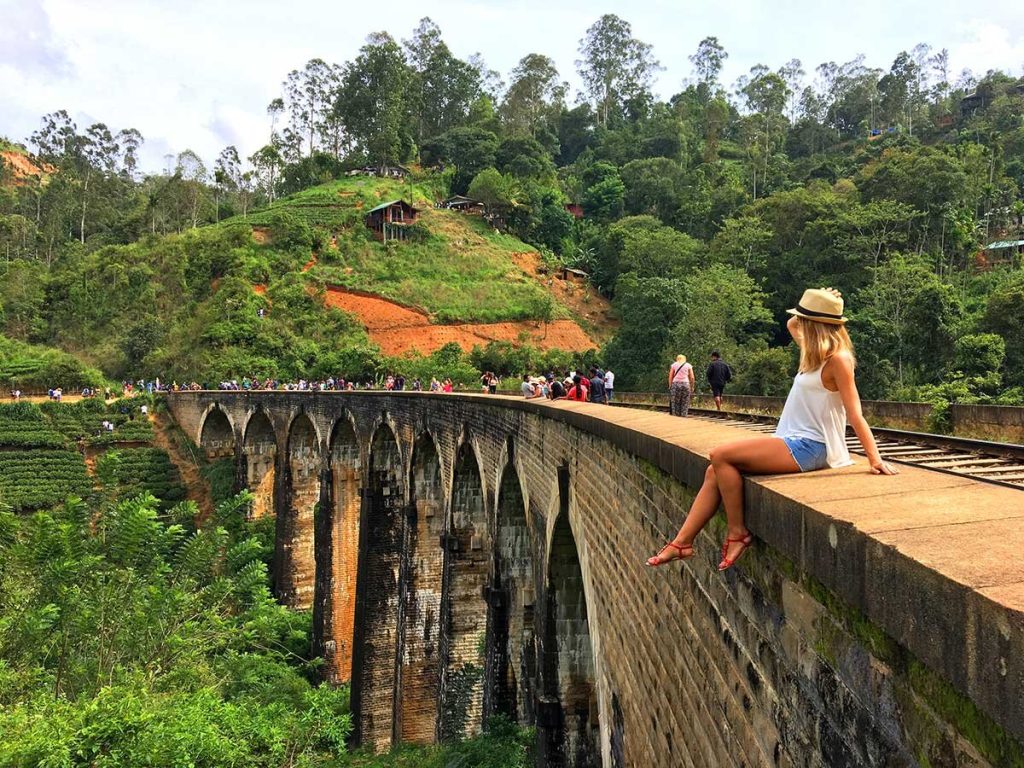 Where to holiday cheaply in Sri Lanka is not a question of geography, but of strategy. Seasonal discounts, early booking and analysis of reviews help to get a bright holiday without excessive costs. The island does not require a lot of money to present maximum comfort. The important thing is to know where to look.
Where to holiday cheaply in Sri Lanka is not a question of geography, but of strategy. Seasonal discounts, early booking and analysis of reviews help to get a bright holiday without excessive costs. The island does not require a lot of money to present maximum comfort. The important thing is to know where to look.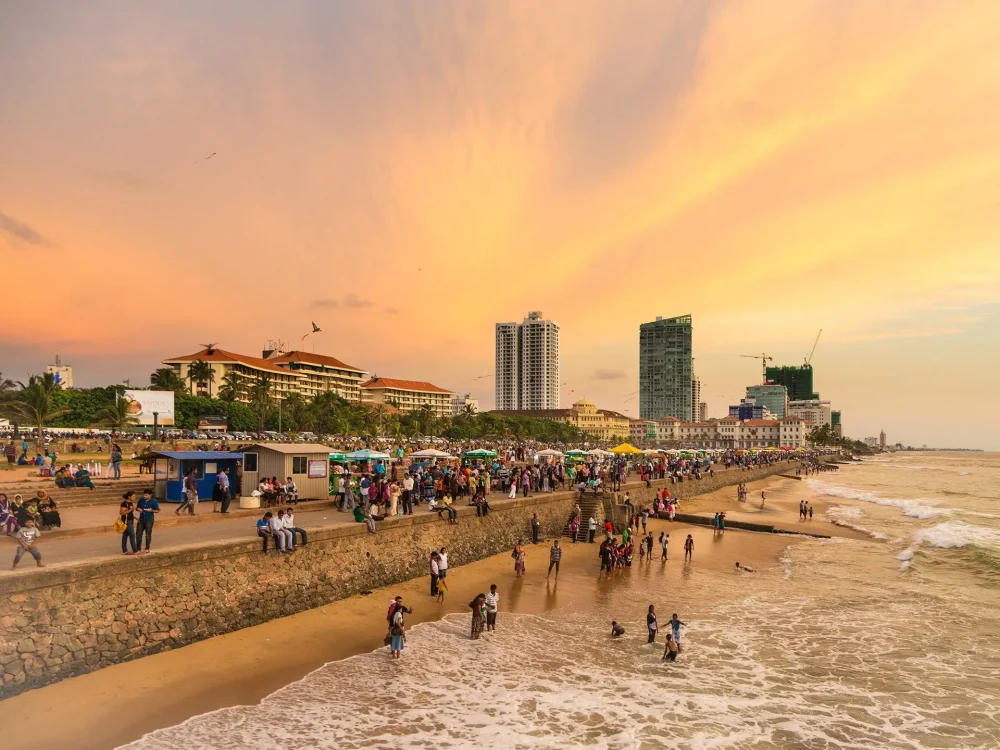
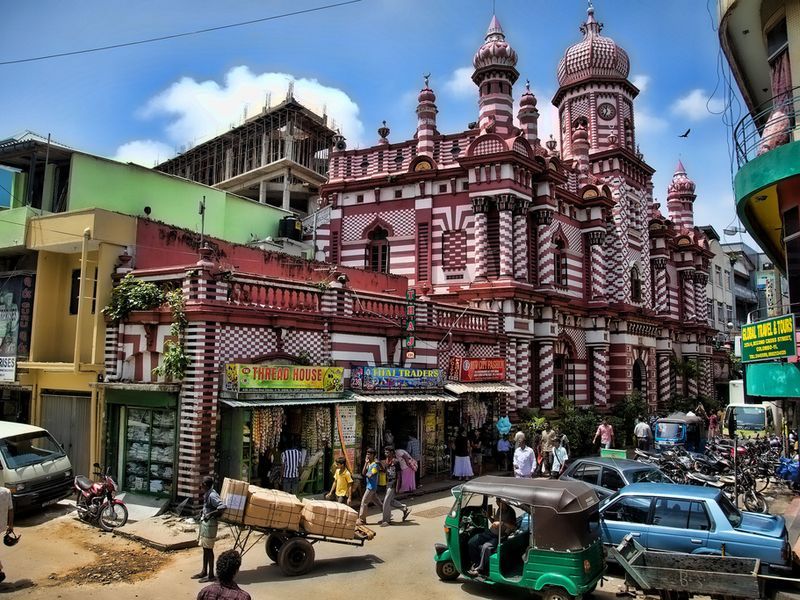 Travellers looking to explore the features of the Colombo resort in Sri Lanka will find many interesting places to visit.
Travellers looking to explore the features of the Colombo resort in Sri Lanka will find many interesting places to visit. The features of Colombo resort in Sri Lanka make it one of Asia’s most versatile destinations. History, culture, modern amenities and natural beauty make it a special place. Travellers are attracted by the harmony between active city life and the tranquility of a tropical island.
The features of Colombo resort in Sri Lanka make it one of Asia’s most versatile destinations. History, culture, modern amenities and natural beauty make it a special place. Travellers are attracted by the harmony between active city life and the tranquility of a tropical island.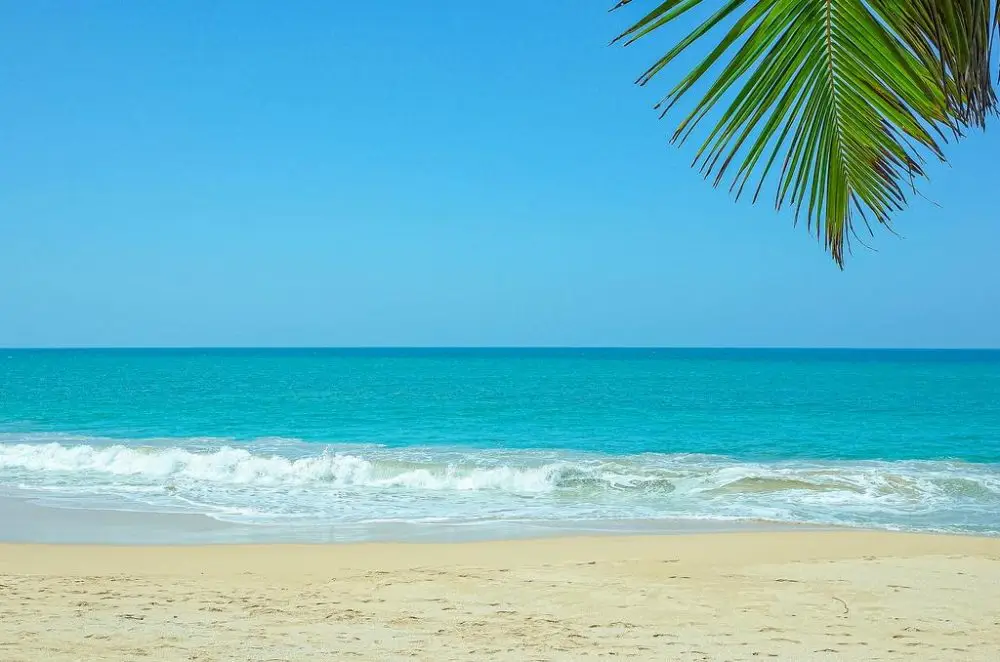
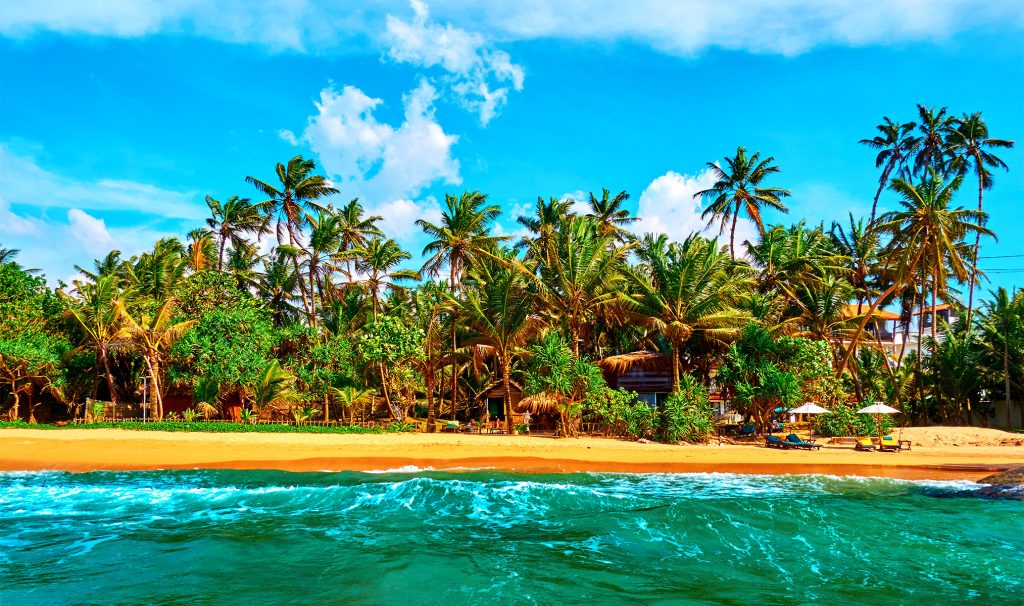 The western coast of Sri Lanka has a developed infrastructure and is suitable for family holidays. It has a calmer sea, soft sand and a large number of hotels with a good level of service. Popular beaches of the west coast:
The western coast of Sri Lanka has a developed infrastructure and is suitable for family holidays. It has a calmer sea, soft sand and a large number of hotels with a good level of service. Popular beaches of the west coast: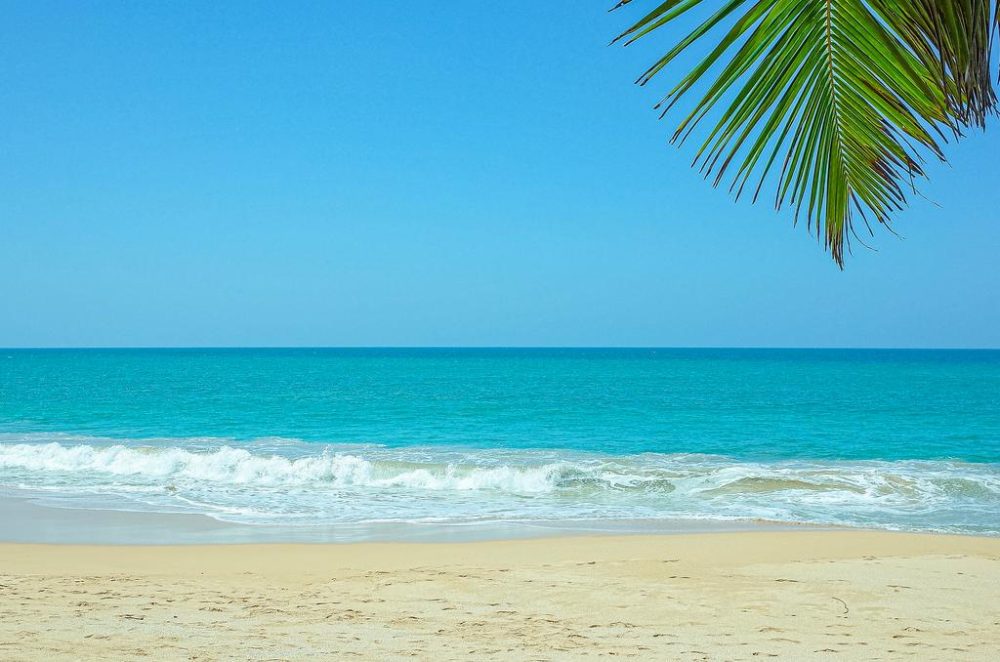 To make your holiday in Sri Lanka a memorable experience, plan your itinerary carefully. Take into account the time of year, coastal areas and personal preferences. A trip to the picturesque lagoons of Bentota, the secluded shores of Mirissa, the crystal clear waters of Unawatuna, the calm bays of Hikkaduwa or the serene beaches of Tangalle will be the perfect escape from the hustle and bustle.
To make your holiday in Sri Lanka a memorable experience, plan your itinerary carefully. Take into account the time of year, coastal areas and personal preferences. A trip to the picturesque lagoons of Bentota, the secluded shores of Mirissa, the crystal clear waters of Unawatuna, the calm bays of Hikkaduwa or the serene beaches of Tangalle will be the perfect escape from the hustle and bustle.





